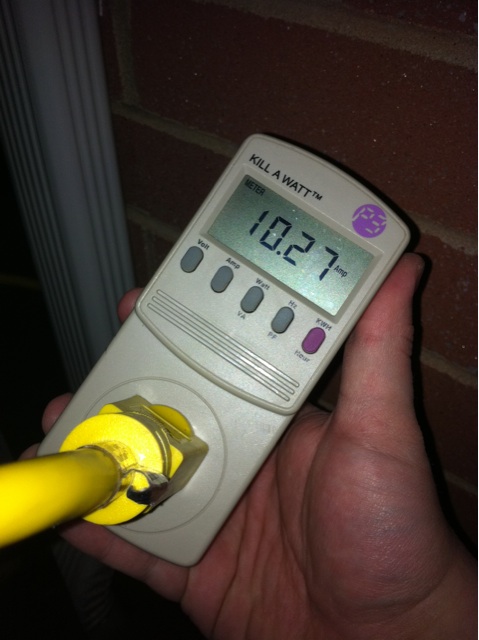PaiSand
Active Member
But I'm still really curious on why the GTX1650 super would be running at 60% and the RTX 3060 XC would be running at 75%?
Answer
GPU% is meaningless without also showing the GPU clocks. 70% of 100 MHz is less then 60% of 1000 MHz.
Because your new GPU can run at a lower clock speed to save power.
You seem to be ignoring everything I've written. Let's try an analogy (ignore the actual numbers as I know nothing about cars). Your GPU has multiple power levels, much like a car has multiple gears. A car engine runs at a certain RPM, like your GPU runs at a certain percentage usage.
If you are in 1st gear (power level) and 3000 RPM (usage), you may be moving at 20 MPH. If you are in 6th gear and 2000 RPM you're probably moving much faster, let's say at 70 MPH. Even though 3000 RPM is higher than 2000 RPM, you wouldn't say that 1st gear is faster, would you?
The same concept applies to your GPU, except it's smart: it knows how complex the work you're asking it to do is, so it decides it can easily be done in 1st gear at 7000 RPM, so it doesn't bother going up to 6th gear at 1000 RPM and wasting energy. If you make your scenes more complex, then at some point before 100% GPU usage, the GPU will decide it needs to increase the clock speeds and then you'll see the percentage use drop accordingly.
